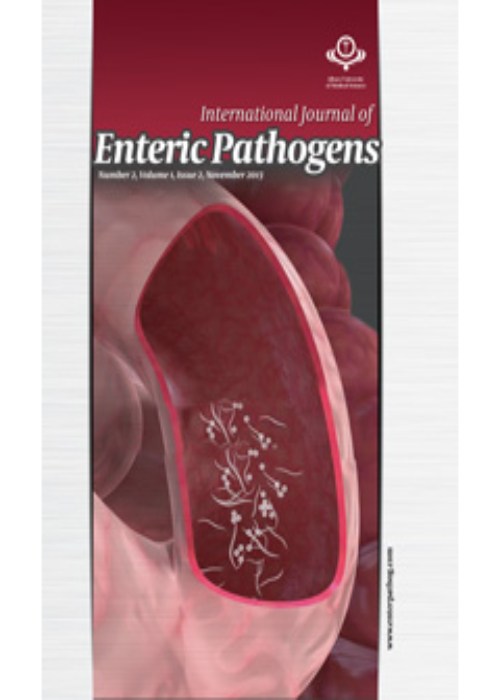Molecular Characterization of Methicillin-Resistant Enterotoxin-Producing Staphylococcus aureus Isolated From Samosa and Falafel in Iran
This study aimed to determine the contamination rate of Staphylococcus aureus in Samosa and falafel as most popular snacks, detect the classic enterotoxins, mecA, and tst genes and investigate antimicrobial resistance in the isolates.
The samples were examined using bacterial culture and the suspected isolates were characterized by biochemical tests. The identity of S. aureus isolates and the presence of enterotoxin-encoding genes were assessed using a multiplex polymerase chain reaction (PCR) assay and antibiotic resistance of the isolates was determined.
The results revealed that 56 (46.67%) samples were contaminated with S. aureus, among which 45 isolates (80.35%) were characterized as enterotoxigenic S. aureus. The highest prevalence rate belonged to sea encoding gene as 20 isolates (35.71%) were positive for this gene followed by sed gene which was detected in 14 S. aureus isolates (25%). Most isolates (75%) were resistant to cefoxitin. Moreover, the results of PCR assays indicated that 10 (17.58%) and 7 (12.5%) isolates were positive for mecA and tst genes, respectively.
The results of the present study demonstrated that staphylococcal contamination of Samosa and falafel should be considered as a potential health risk for consumers.
- حق عضویت دریافتی صرف حمایت از نشریات عضو و نگهداری، تکمیل و توسعه مگیران میشود.
- پرداخت حق اشتراک و دانلود مقالات اجازه بازنشر آن در سایر رسانههای چاپی و دیجیتال را به کاربر نمیدهد.



